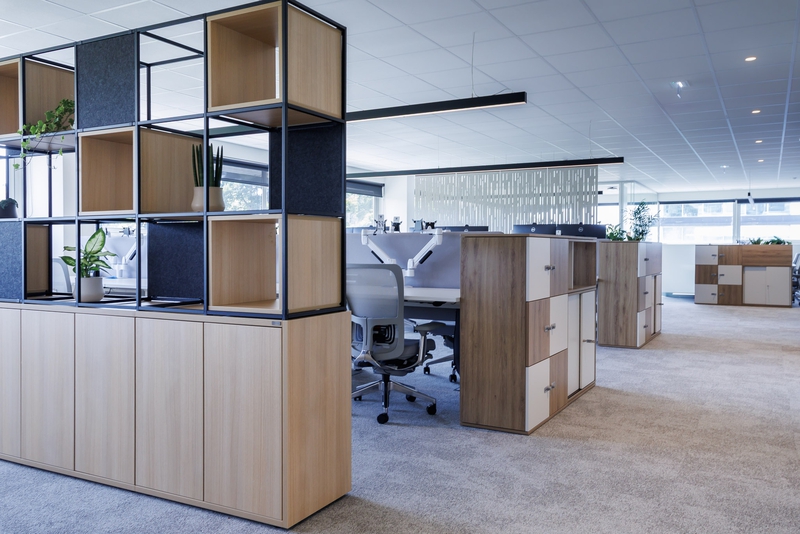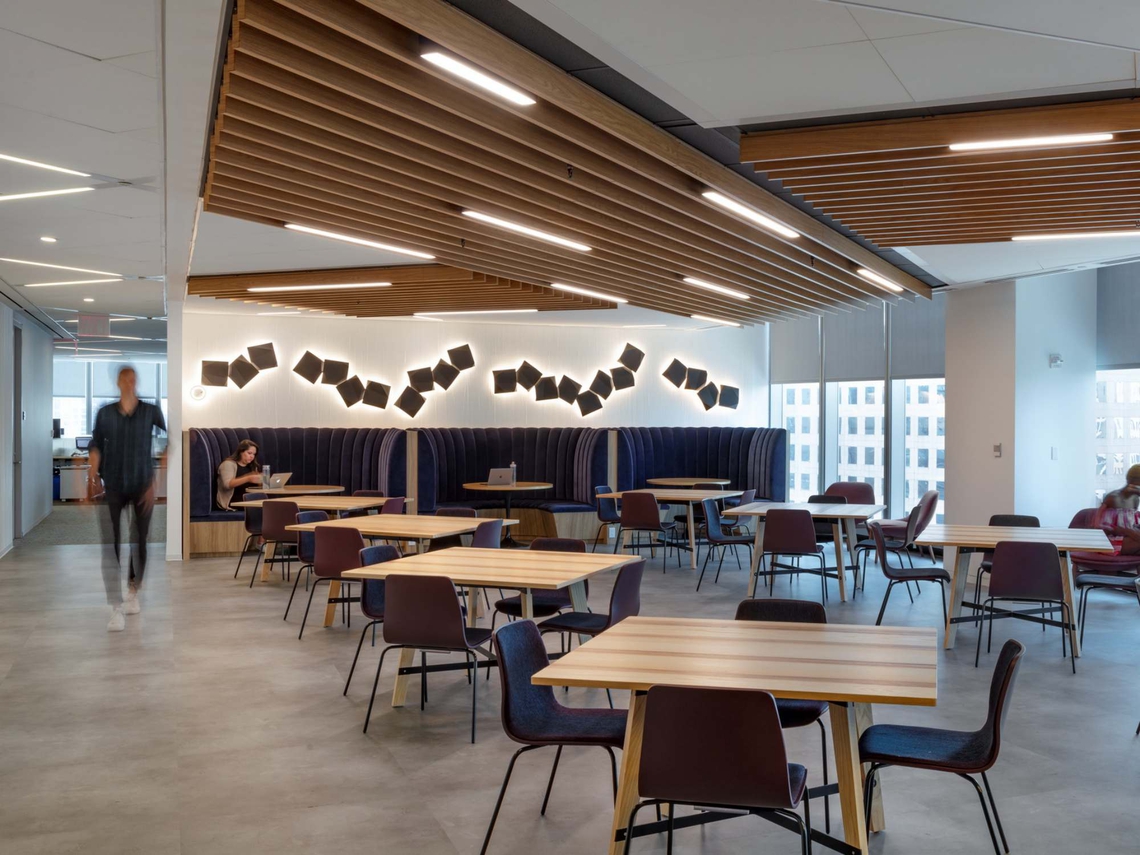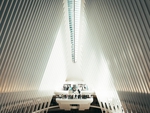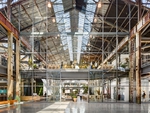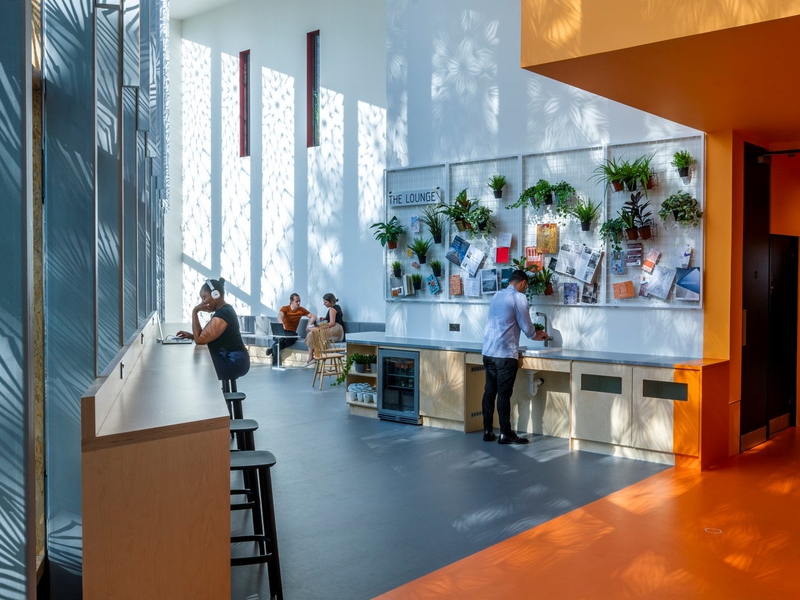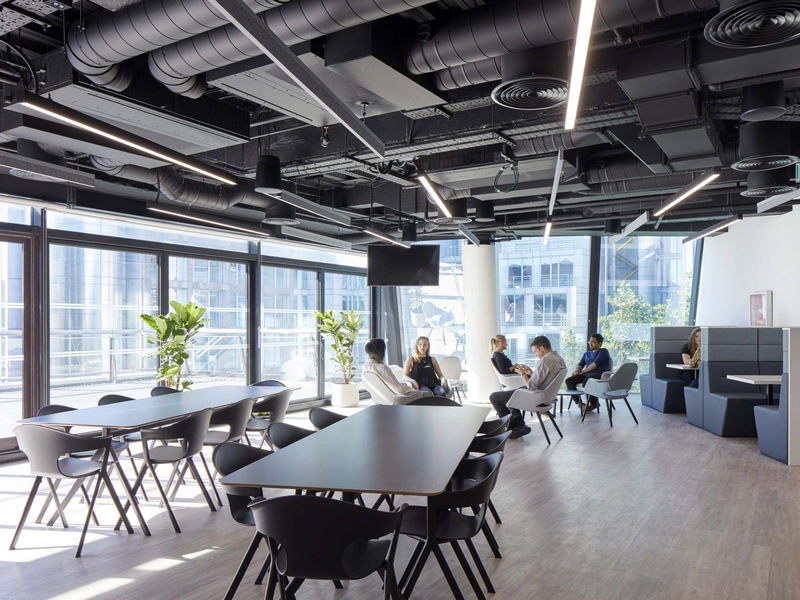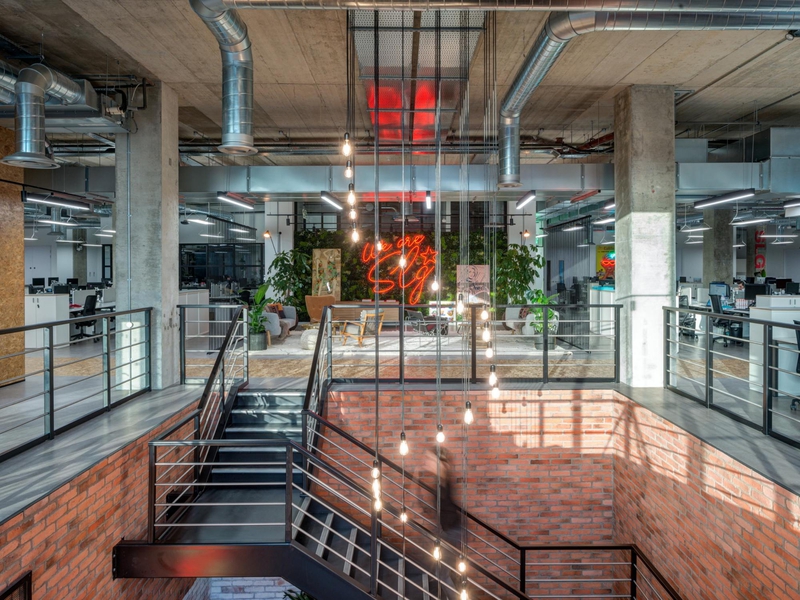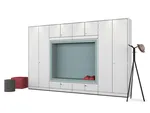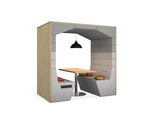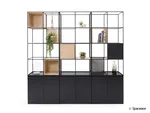8 Jan 2020
Industry Trends
This year we’re taking a holistic view again. All of our trends are interconnected. They all affect one another, and can all be combined into a great workplace. Here are our Top 8 Workplace Trends for 2020.
1. User Experience (UX)
We’re no longer designing an environment for staff, we’re designing an experience for them. Leading 21st-century companies like Google and Facebook build their whole organization around their employees’ experiences, and have dedicated managers overseeing those experiences and making sure their workforces are happy. Well-designed offices provide great User Experiences for those working in them, and all of the following trends can help with this.
Some other good ways of providing an improved UX include: shifting from vertical hierarchies to horizontal teams, and making shared ownership of ideas the norm; showing that the work employees do doesn’t only help the company, but also helps society as a whole; and providing more opportunities for career advancement. It’s vital to think not only about growing your business, but also about growing your employees’ careers, opportunities and sense of pride and self-worth.
2. Hybrid Workplace
The boundaries between work life and home life have been dissolved. Everyone does everything everywhere now. Work happens everywhere, and everything happens at work. Because of this, the Hybrid Workplace will become the norm this decade; and what makes for a great Hybrid Workplace is the variety of spaces within it.
Half of employees can’t find the right kinds of spaces they need in their workplace: whether spaces for focus, spaces for collaboration, or spaces for relaxation. Every workforce has entirely different personalities and working styles and so requires a different mix of spaces. Designers and managers must focus on how the workplace is used, not just what it’s made of.
3. Amenity-Rich Spaces
The Amenity-Rich Workplace trend is inspired by the success of shared coworking spaces and Silicon Valley tech firms, both of which provide a far wider and more enticing spread of amenities than the average, old-fashioned office. A bounty of exceptional amenities and perks helps companies to differentiate themselves from their rivals. So, in order to attract and retain top talent, more and more are finding it beneficial to provide plenty of practical and appealing amenities.
Some companies do this by housing their staff in existing coworking spaces for staff; others by building an Amenity-Rich Workplace of their own. Today’s most sought-after amenities are those that connect directly to employees’ most pressing needs: innovation hubs and maker spaces for group collaboration and innovation sessions, and quiet zones and meeting pods for focused work and private conversations.
4. Tech Fusion
The tech industry is leading the way here again, with Silicon Valley giants building model workplaces for all. Not only are they embracing the new disruptive technologies that are shaping the future, they are also doing so in an integrated manner.
Digital technology allows us to share more wherever we are. It allows for an internet of workplace in which devices, furniture and utilities are all connected up online. It allows for AI to take care of repetitive jobs for us. It allows for Big Data analysis that gives valuable insights into business. The Digital Revolution is the next stage for the workplace, and Tech Fusion is the key to its success: businesses must bring together all of these diverse technologies and combine them into an integrated workspace for every employee.
5. The Human Connection
Society is suffering from a loneliness epidemic. Technology was supposed to connect us, but in some ways has driven us further apart—a good workplace, however, can bring people back together.
Meaningful Human Connection is a valued luxury today, and the office has become an important site for making and maintaining such connections. Offices should be designed for fostering good relationships between people, both in formal work areas and informal social areas. They should be communal spaces where we remember our shared humanity. Designers can be healers too: they can help to build a better society, and create a revived sense of social responsibility.
6. Building Communities
This trend follows on from the last: Human Connection helps with Building Communities. Great communities have to be curated; they rarely happen on their own. The great lesson of coworking spaces has nothing to do with layout or aesthetic, and everything to do with successful community-building.
In this era of constant change, staff crave a little stability and an authentic space that feels like home, so workplaces should include distinct, authentic neighbourhoods in which communities can grow. Once they have grown, knowledge transfer and collaboration happens organically within them, which in turn leads to great innovation and a competitive advantage.
7. Sustainability
Climate change is the biggest problem facing the world, and finding more sustainable ways of living and working should be our number one priority. But how is this actually applied in the workplace?
A good place to start is choosing furniture made from reclaimed or recycled materials, or wood from sustainably managed forests. But the most important thing is to choose useful, well-made furniture that will last. Simple office design can also make a big difference: by arranging layouts to make the most of natural light, you’ll save energy and raise collective wellbeing. 2020 is a great time to get started on making a more sustainable workplace; you’ll be reaping the rewards in terms of eco-friendliness, staff wellbeing and money saved for many years to come.
8. A Workplace in Perpetual Beta
The traditional approach to office design (receiving a brief, gathering data, developing a strategy, designing it, building it out) often leads to beautiful spaces, but rarely to the most efficient spaces. It’s a slow, linear process, and this means the workplace is frequently out of date before it’s even occupied.
A better approach is one of continual experimentation and improvement: think modular architecture within architecture that can be reconfigured as many times as you like, or Hybrid Workplaces that can be put to countless different uses. What really matters is how the workplace is used over time, as organisations and workforces change. Design should be a process of natural evolution which results in spaces better suited to their users. Workplaces should remain in a state of Perpetual Beta, as ongoing experiments and testing grounds. Companies pivot and grow, and so must workplaces.
Share this article




